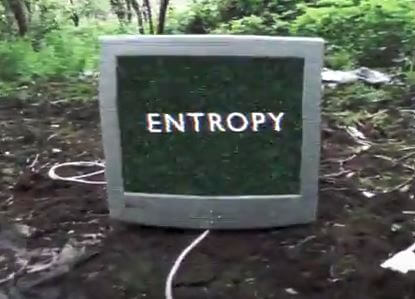
The topology of this network provides the underlying infrastructure of the food-sharing process. The dissemination process is therefore conveniently described by a time ordered network, in which ants are the nodes and the food transfers are the (directed) edges. Trophallactic food exchange requires physical contact between ants. The mechanisms that underlie this regulation are, however, not fully understood. Social insect colonies have a documented ability to tightly regulate both the global nutritional intake and the dissemination of food to various sub-populations (such as nurses, larvae and brood) which may have different nutritional needs. The inter-relations between food-supplies brought in by different foragers can be expected to have an important role in the nutritional regulation of the colony. The extent to which food is blended in the colony has only been partially addressed before and is still an open question.įood blending is especially interesting in light of the fact that most colony members do not leave the nest, and all food is brought in by a a small fraction of workers called the foragers. Food blending is therefore an important factor in any process mediated by trophallaxis: from nutrient transfer and the maintenance of gestalt odor to hormonal regulation and information sharing. When food is exchanged through trophallaxis, it is stored within the crop of the recipient workers and mixed with the rest of food in the crop. Trophallaxis is a principal mechanism of food-transfer between individuals and therefore, the crop is often referred to as a “social stomach”. The stored food can later be regurgitated and passed on to others by mouth-to-mouth feeding (oral trophallaxis). Ants and bees can store a considerable amount of liquids in a pre-digestion storage organ called the ‘crop’. The funders had no role in study design, data collection and analysis, decision to publish, or preparation of the manuscript.Ĭompeting interests: The authors have declared that no competing interests exist.įood sharing in social insects is a compelling example of cooperation within a population. This is an open access article distributed under the terms of the Creative Commons Attribution License, which permits unrestricted use, distribution, and reproduction in any medium, provided the original author and source are credited.ĭata Availability: All relevant data are within the manuscript and its Supporting Information files.įunding: OF was supported by the Israel Science Foundation ( ) grant 833/15 and the European Research Council (ERC) under the European Unions Horizon 2020 ( ) research and innovation program (grant agreement No 648032).

Received: MaAccepted: JPublished: August 5, 2019Ĭopyright: © 2019 Greenwald et al. Our results regarding the distribution of a single food source provide a baseline for future studies on distributed regulation of multiple food sources in social insect colonies.Ĭitation: Greenwald E, Eckmann J-P, Feinerman O (2019) Colony entropy-Allocation of goods in ant colonies. Finally, we show how the ants’ interaction rules may optimize a trade-off between fast dissemination and efficient mixing. This rule leads to a robust blending process: i.e., neither the exact food volume that is transferred, nor the interaction schedule are essential to generate the global outcome. We show that mixing is controlled by the ants’ interaction rule which implies that only a fraction of the maximal potential is actually transferred. Using entropic measures to quantify food-blending, we show that while collected food flows into all parts of the colony it mixes only partly. To gain better understanding into this process we used fluorescence imaging to measure how food from a single external source is distributed and mixed within a Camponotus sanctus ant colony. The global effect of this exchange is not well understood. The vast majority of colony members do not forage independently but obtain their food through secondary interactions in which food is exchanged between individuals.

Sharing food between communal stomachs allows the colony as a whole to get its food requirements and, more so, allows each individual within the colony to reach its nutritional intake target. In particular, each individual within the ant colony has a “communal stomach” which is used to store and share food with the other colony members by mouth to mouth feeding. One of the most striking natural examples of a highly successful cooperative society is the ant colony which often acts as a single superorganism. Both the process by which goods are to be distributed, and the resulting allocation to the members of the society may affect the success of the population as a whole. Allocation of goods is a key feature in defining the connection between the individual and the collective scale in any society.


 0 kommentar(er)
0 kommentar(er)
